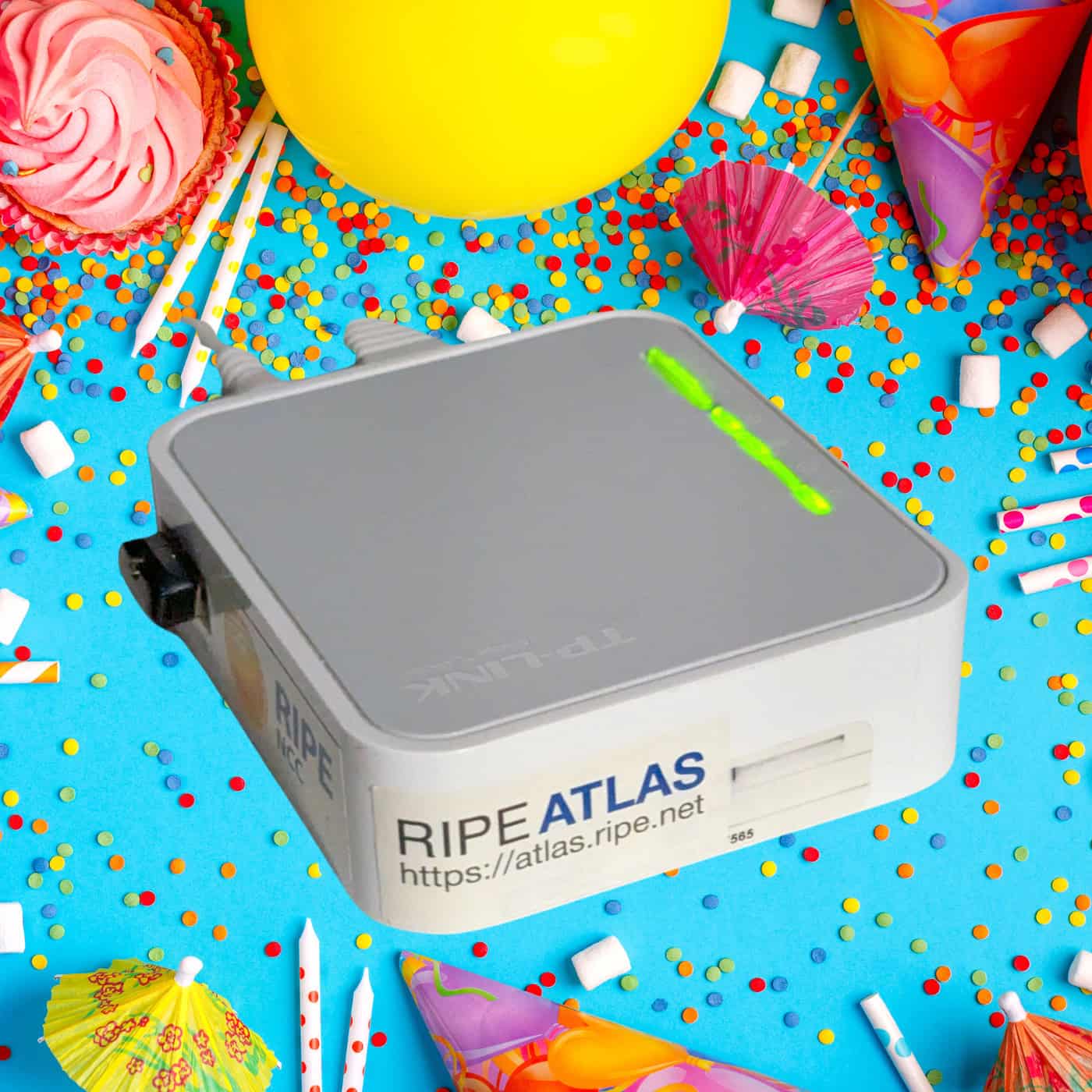 I recently read an article in the Wall Street Journal, which called out that:
I recently read an article in the Wall Street Journal, which called out that:
For 1/38th the price of WhatsApp, Google acquired Skybox Imaging, which puts satellites into orbit 185 miles above Earth on the tip of the same Russian missiles that once threatened the U.S. with nuclear destruction. And here’s what Skybox could allow Google to accomplish: Within a couple of years, when you want to know whether you left your porch light on or if your teenager borrowed the car you forbade her to drive, you might check Google Maps.
This is creepy, and they claim that by 2018, once all 24 satellites are in orbit, it’ll get even creepier – real time video of you driving down the highway creepy. This acquisition raises a lot of questions for me, but one that swings to the front is this idea of predictive data. From the same article:
In 2010, an analyst at UBS discovered that if he bought satellite images of parking lots of Wal-Mart stores, he could predict the company’s sales figures before they were revealed in its quarterly earnings report, because cars in lots equal shoppers in stores.
“We’re looking at Foxconn every week,” [co-founder Dan Berkenstock] says, because measuring the density of trucks outside the Taiwanese company’s manufacturing facilities tells Skybox when the next iPhone will be released.
Skybox can determine how much oil is being pumped out of the ground in Saudi Arabia by imaging oil-storage tanks from above. The company can peg the likely price of grain months in advance by measuring the health of every square yard of cropland on Earth.
Crazy. Predicting the future by analyzing pictures taken from space. Welcome to the future.
It doesn’t stop there though. While satellites are cool, and images may be worth a thousand words each, what about the constant stream of data from every device in the “Internet of Things?” Another recent (but a bit tedious) article, titled “Predictive data, the real workhorse behind the Internet of Things” calls out that “By 2020, Gartner expects, 26 billion units will make up the Internet of Things, and that excludes PCs, tablets and smartphones.” 26 billion toasters, shavers, TVs, wearables, thermostats, sensors, and more all broadcasting all manner of information all the time. If you can predict Wal-Mart’s sales figures based on how many cars are in the parking lot, what can you predict if you know the location, state, and status of everyone and every(smart)thing on the planet??? Or even a significant subset?
Let’s take one example from that second article:
At Daikin, the data about individual component use of energy is very valuable.
“Over time if you see energy increasing for a motor, it can be a good indication that the motor is starting to fail,” [Kevin Facinelli, executive vice president of operations at Daikin Applied] says. Technicians have enough advance warning, probably a month, before the failure happens so they can service the unit before problems start.
The energy use data also means Daikin can change filters only when needed, rather than on a regular schedule. That’s because components like the fan have to work harder, pulling more energy, when pollen and other material clog the filter. “Instead of changing the filter every week or every month, we do it when it needs it, based on performance,” he says.
We can extrapolate that further, however. Beyond scheduling one repair for one motor, or changing filters more efficiently (all awesome), there is even more potential here. Yes, you can store and analyze all this data to increase the accuracy of MTTR and MTBF estimates. What else though? How about correlating the motor data with other machinery, local weather, ambient conditions, and more to determine environmental or situational causes for failures (and eliminate or engineer around them). Or, if we expand the players a bit and go back to our economic slant, can the motor manufacturer use this data to predict sales more effectively – by knowing exactly when every motor it has active in the field will fail…
It’s not just motors that we can track of course, and you don’t have to consent to be monitored. In one of the creepiest examples yet, MIT can now track a heart rate through a wall with Wi-Fi signals. From your phone tracking your location and listening in on your conversations, to your wi-fi router tracking your heart rate, to cameras and sensors following your every move, there is no shortage of data, even today, and it’s only becoming more available.
But, what does it all mean?
It’s not all concrete in my mind yet but all of this real time data, combined with ever-improving “Big Data” analytic capabilities (leveraging artificial intelligence in the cloud of course), and the concept of predicting the future based on an accurate view of the present all reminds me of William Gibson’s concept of “order flow.” From Zero History:
“The order flow. He was talking about secrets, once. In Vancouver, when I first met him. He loves secrets.”
“I know,” said Hollis.
“But not all secrets are information people are trying to conceal. Some secrets are information that’s there, but people can’t have it.”
“There where?”
“It just is, in the world. I’d asked him what piece of information he’d most want to have, that he didn’t have, if he could learn any secret. And he said that he’d want something that nobody had ever been able to have.”
“Yes?”
“The next day’s order flow. Or really the next hour’s, or the next minute’s.”
“But what is it?”
“It’s the aggregate of all the orders in the market. Everything anyone is about to buy or sell, all of it. Stocks, bonds, gold, anything. If I understood him, that information exists, at any given moment, but there’s no aggregator. It exists, constantly, but is unknowable. If someone were able to aggregate that, the market would cease to be real.”
“Why?” She looked out the window, over the taut black wire supporting its gray linen curtain. “Our cab’s here.”
“Because the market is the inability to aggregate the order flow at any given moment.” He pushed his chair back, stood, and popped the last of the croissant into his mouth.
Can photographic, video, audio, and sensor data collected and aggregated at sufficient scale provide (or provide a suitable proxy for) this mythical order flow? Will we soon be able to accurately predict the future? What are the ramifications of this? Who do we want in control of this ability?
I don’t know that I have any answers today, but I can assure you that we will need some in the coming years…







[…] The Crystal Ball of Predictive Data is a post from don't panic – One Network Technologist's View of Life, the Internet, and Everything. […]